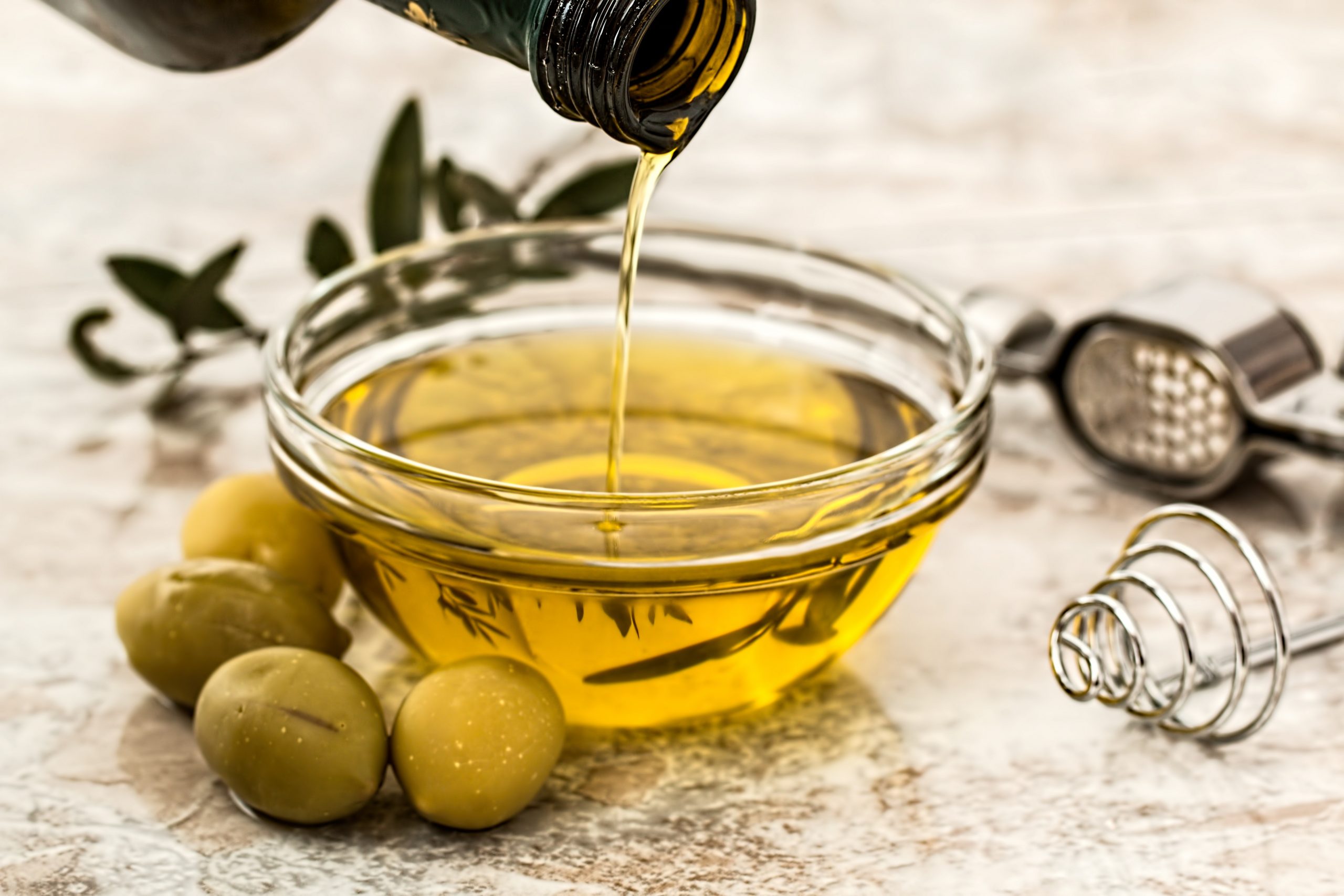Most of the olive oil you’ve consumed in your life has probably been fool’s gold. Sure, the oil started out freshly pressed from olives grown in Italy or Spain. But with added heat and chemicals and the passage of time, the oil became a sorry substitute for true liquid gold.
Your olive oil experience would almost certainly have been different had you grown up in Spain, Italy, or Greece. Olive oil is a staple product in Europe and the Mediterranean. According to the Olive Oil Times, Spain alone produces about 20 percent of the world’s olive oil, and the landscape of Jaén—an area in southern Spain—is dotted with 220 million olive trees. Spaniards love their liquid gold, or oro líquido, as they affectionately call it. And once you taste high-quality olive oil, it’s safe to say you’ll fall in love with it too.
Sampling Olive Oil Abroad
If you were to travel to the southern part of the Iberian Peninsula, you could visit the olive oil center located in Úbeda, a city near Jaén. There, you would have not only the opportunity to learn about how the oil is made, but also the chance to participate in an oil-tasting class. A professional olive oil taster would explain how to tell when olive oil is fresh and pure (hints of tomato, nut, and fruit flavors can indicate high quality), and you’d get to experience the differences by sampling various olive oils from small, round cups.
Due to COVID-19, now might not be the time to book your flight to Andalucía. But as long as you’re willing to spend some time at the store and some cash on a few bottles of oil, you can recreate this oil-tasting experience at home.
Searching the Store Shelf
When you’re at the store, look for the label extra virgin. The olive oil company Kosterina explains that extra virgin olive oil has not been through any unnecessary processes involving heat or chemicals. Kosterina also suggests you look for a bottle that is made of dark glass instead of clear plastic. Olive oil is sensitive to light, so dark glass will protect the oil from the elements better than any kind of plastic container will. If you don’t already have some cheap olive oil in your pantry, you might want to purchase a bottle of the generic stuff for comparison.
Tasting the Difference
Once you’re at home, pour some oil from each bottle into little cups. Raise one of the cups to your nose and take in the scent. Then, bring the cup to your mouth, allow just a sip of the oil to cover your tongue for a few seconds, and swallow.
As noted on Kosterina’s website, when you taste generic olive oil, you might notice that it tastes musty and feels greasy in your mouth. Alternatively, you may find that it lacks any flavor at all. But when you sample high-quality olive oil, it will smell and taste bright and fresh. Good oil often tickles your throat with a zingy, slightly spicy feeling. Some fresh oil will taste green, grassy, or earthy. You may even detect the taste of nuts or fruit! These signs all indicate excellent olive oil.
If the thought of tasting plain olive oil grosses you out, try dipping small pieces of bread into the oil and tasting it that way. You’ll still be able to notice the differences.
Cooking with Olive Oil
With your newfound oil-discerning skills, you can enjoy making simple and delicious foods with high-quality oil. Pan con tomate—toast topped with crushed tomatoes and olive oil—is a popular snack in Spain. You can cook veggies and meat in olive oil for an easy dinner. Quality olive oil also makes a great Spanish-style salad dressing; just drizzle the oil onto the greens and season with pepper and salt.
Congratulations on becoming an olive oil expert! Now you’ll be able to appreciate liquid gold for the rest of your life.
—Abbey Huch

